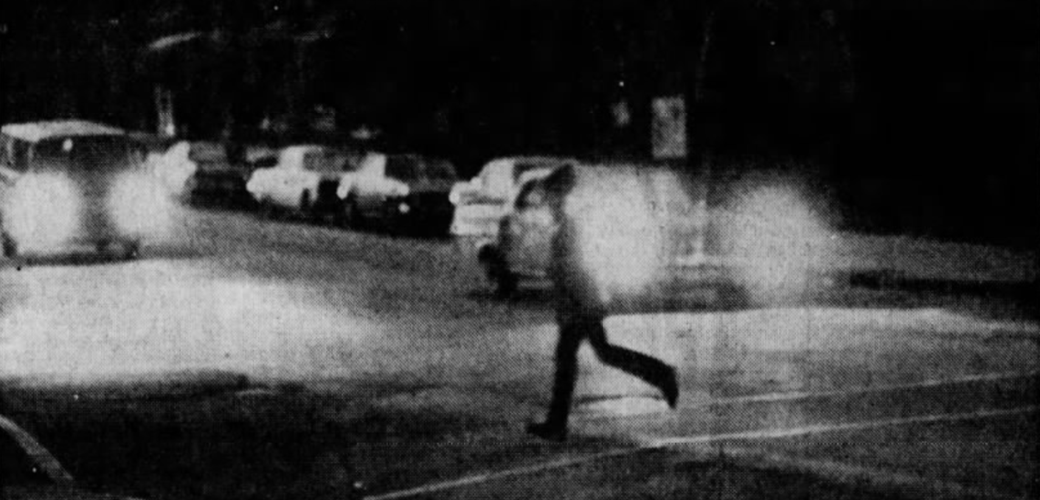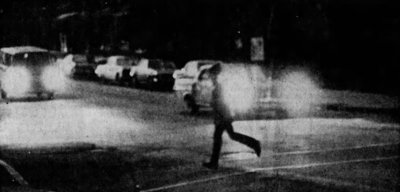Excerpts and summaries of news stories from the former Intelligencer Journal, Lancaster New Era and Sunday News that focus on the events in the county’s past that are noteworthy, newsworthy or just strange.
25 years ago
January in Central Pennsylvania means it's time for the Pennsylvania Farm Show, but in 1999, Lancaster County residents who didn't want to brave the infamous Farm Show weather had a new option: They could watch the show on television.
Suburban Cable, Lancaster's forerunner to Comcast, had just added PCN, a new channel focused on state government. and PCN was planning a full slate of farm show programming for the duration of the event.
PCN would make its debut on local TVs on Saturday, Jan. 9 - the first day of the 1999 Farm Show.
(PCN has continued to broadcast Farm Show coverage over the last quarter-century, and will do so again this year.)
In the headlines:
NBA lockout ends
Toyota Camry best-selling car in U.S. in 1998
Prince Edward to tie the knot later this year
Check out the Jan. 7, 1999, Intelligencer Journal here.
50 years ago
The energy crisis of the 1970s affected Lancaster County residents in many ways, one of which began on Jan. 6, 1974 - a trial of year-round Daylight Saving Time.
Congress and President Richard Nixon determined that the year-round DST experiment would last for two years. Experts estimated the time change could save as much as 3 percent of the nation's energy usage.
In melodramatic tones, the New Era's front-page story began: "On the first working day of Daylight Saving Time, many workers and most students started to offices, factories and school rooms in darkness this morning, uncertain of the effects of their sacrifice to the energy crisis, but apparently resigned to living and working under a new time schedule."
The main concern residents voiced was that, even with a half-hour delay in starting times for schools, students were still walking to school or waiting for buses in the dark.
The New Era also reported that some city office workers were fearful to walk to work in the dark of the early morning hours.
In the headlines:
U.S. starts study of oil production
Israel seen pulling back from Suez
Rockets hit Phnom Penh airport
Check out the Jan. 7, 1974, Lancaster New Era here.
75 years ago

As 1949 began, the life of Breneman's Court was about to end.
The seven-house court, tucked away in the center of the area between Vine, Duke, Washington and Christian streets, was more than a century old, and was largely unchanged since it was built.
The dilapidated slum was built on land owned by James Hamilton, who bought it in 1740. Rent for the homes in 1949 amounted to less than 50 cents per year, and was paid to Hamilton's descendants, who lived in England.
The seven two-room houses had no indoor plumbing - a "double outhouse" in the center of the court served all of the families who lived there, as did a single hand-operated water pump.
At some point, a resident ran a ramshackle electrical line into the court, so some of the houses had one or two electric lights.
In 1948, Jacob Rieker, a grocer who owned a shop on East Vine Street, bought the land and proceeded to get the buildings condemned and the families relocated. By January 1949, demolition was set to begin, and one of Lancaster's oldest slums would become a parking lot.
In the headlines:
U.S. plans $70 million atom plant
Push-button plan will speed long-distance calls
Highly accurate "atomic clock" is demonstrated
Check out the Jan. 7, 1949, Intelligencer Journal here.
100 years ago
Police were seeking a "mystery motor car" in connection with a Christiana murder case in January 1924.
Newton Jackson, a boarder in the Reifsnyder home on Slocum Avenue, was shot and killed on Jan. 4, and three days later police announced that a car with no lights or license tags had been spotted at the scene shortly before the shots were fired.
State police acknowledged that there was little hope of tracking down the car and possible killer with so little information to go on. However, they said they believed that Jackson knew his assailant, and hoped that some friend or family of the slain man might have useful information.
In the headlines:
U.S. starts voting on prize-winning peace plan
Pope asks world to observe holy year



 JED REINERT | Digital Staff
JED REINERT | Digital Staff


